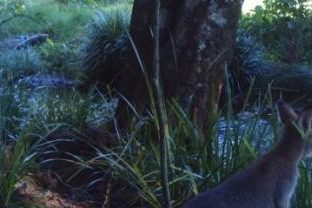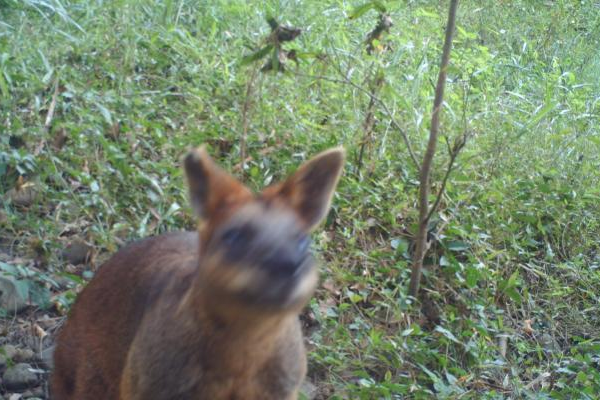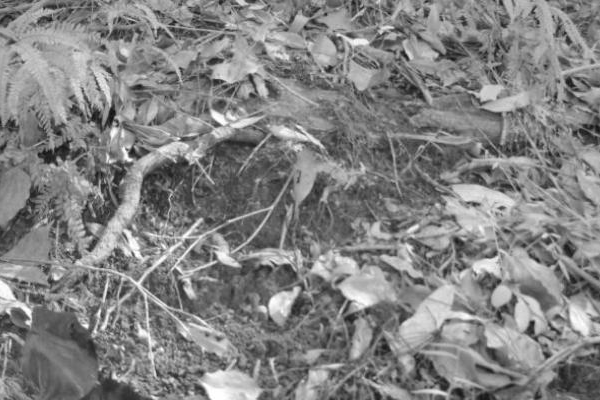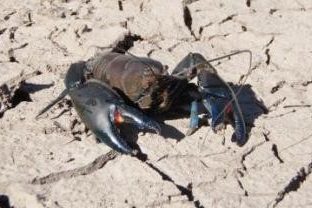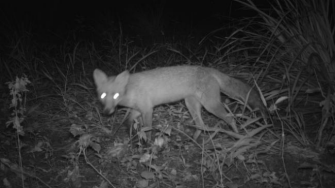
A variety of methods are in existence to monitor riparian fauna. Remote photography has become a popular tool in wildlife research providing a cost-effective method for monitoring wildlife and is rapidly being adopted for diverse monitoring purposes, from wildlife research and management to asset protection. A trial to assess the effectiveness of motion-sensing cameras in monitoring riparian fauna was developed in collaboration with the Tweed Shire Council in northern New South Wales. The project was carried out by Haili Matsukawa, as part of the School for International Training (SIT) Study Abroad program.
We selected four sites in the Tweed Shire for monitoring. At each site, 15 digital motion-sensing cameras were deployed to capture the movement of riparian fauna over the six days\nights. We mounted fiver cameras on trees along two transects along the riparian zone at ~100m intervals on either side of the river. An additional five cameras were mounted to star pickets or overhanging trees positioned directly at the water surface. Site assessment and vegetation surveys were conducted by identifying major native and weed species, measuring river width, canopy height and coverage, and ground litter coverage. The cameras were able to detect a variety of riparian species and provide some insight on species abundances, locality and activity patterns. Riparian cameras were able to detect a large range of species including birds, mammals, and reptiles. Cameras aimed at the water were able to detect ducks and turtles. Results seemed to indicate the importance of canopy cover as a driver of species diversity. No clear connection was apparent between the level of disturbance and riparian fauna.
Researchers
Partners
- Matthew Bloor, Waterways Project Officer, Tweed Shire Council, NSW
- Aiden Sloman, Tweed Shire Council, NSW

